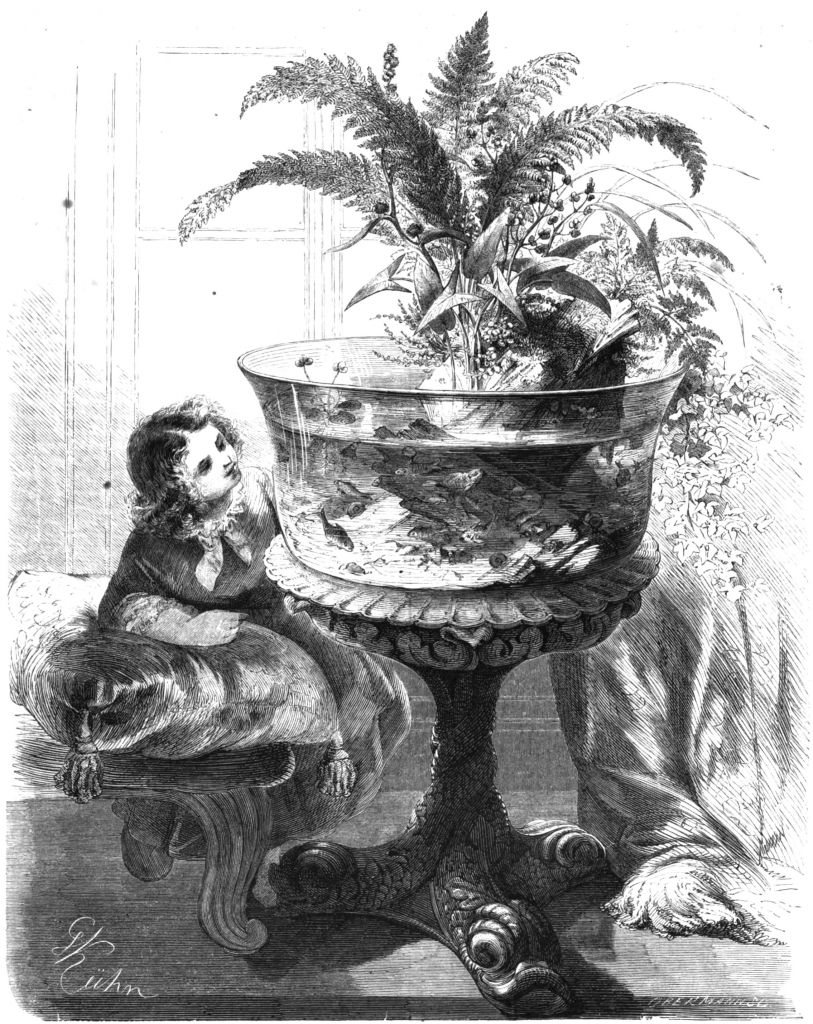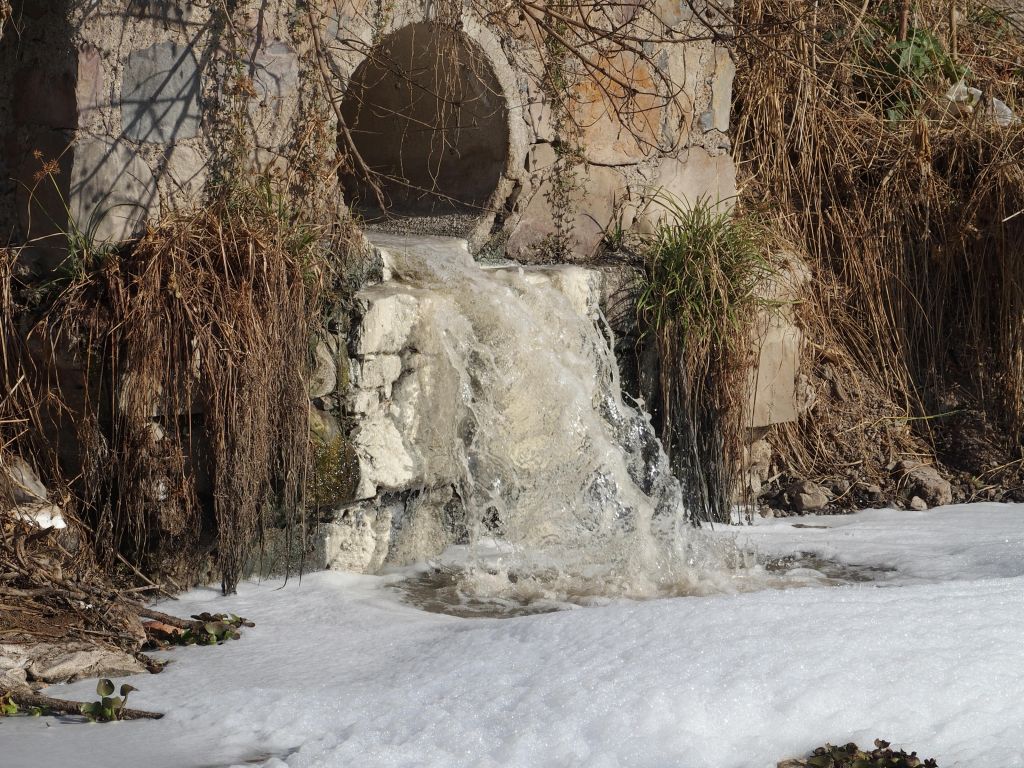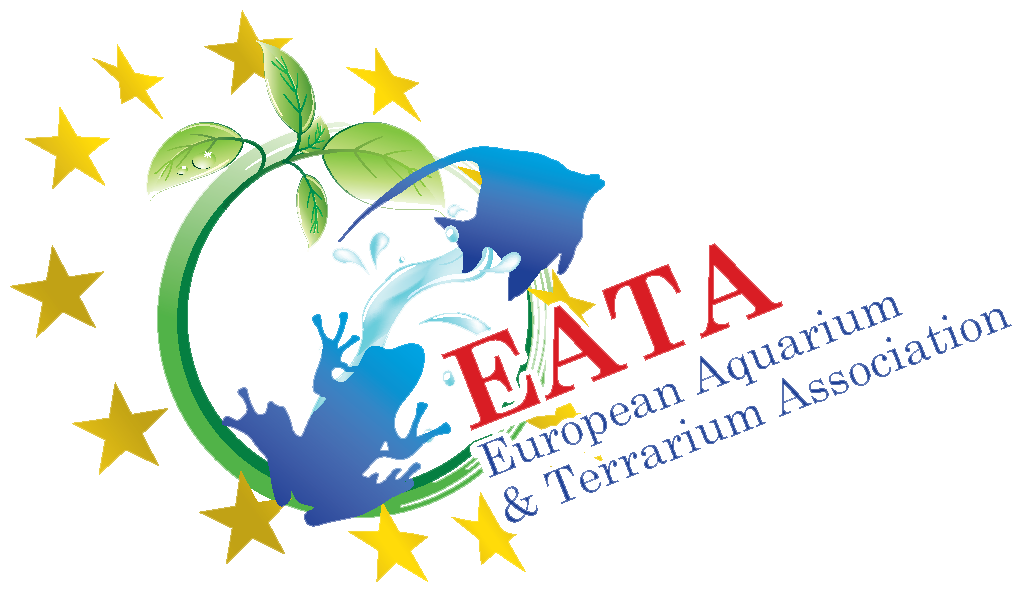Motivace
If you look at the World's Fair at the Crystal Palace in London in 1851 as the beginning of hobby aquaristics, we can now look back (2019) on a nearly 170-year-old history of the aquarium. From the initial need to transform a mere body of water into a habitat with the help of technical equipment, the invention of the flake food in the 1960s, which made it possible to make the aquarium accessible to a wider audience, about the financial affordability of long-distance travel in the 1970s Years, which led to the discovery and import of a wealth of hitherto unknown freshwater organisms and still leads to the selection breeding of some highly variable organisms, the same as the cultivar of nurseries produces mainly new color forms and has them evaluated: the aquarium was and is always a mirror of our society, with all its challenges, successes, achievements, but also its downsides.

Increasing globalization, the unconditional subordination of a global liberal economic network, a continued strong growth of the world population, and a threat to our planet due to climate change, pollution, environmental degradation and destruction of resources have not stopped our hobby. For a long time, the aquarium is no longer presented as the perfect world in the glass. Too often, we aquarists have witnessed the destruction and threat of the home of our fosterlings with their own eyes, too often environmental catastrophes and local devastation have been delivered via television coverage and internet free home, too much we are directly involved in the existential threat of organisms through our daily shopping involved. The distant world of our fish, shrimp and other aquatic organisms, and our own have become close in an unenlightened and painful way.
Of the approximately 30,000 fish known about half of the species live in fresh water, the other half in the sea. This means that around 15,000 marine fish live in about 97.4% of the world's water. A similar number of freshwater fish - minus bound fresh water (ice, groundwater, clouds, etc.) - in what is left and which accounts for only 0.3% of available water: rivers, streams, lakes. Thus, the species abundance of fish in fresh water exceeds that of the sea by 300 times! These bodies of water are for us humans transport routes, they serve the energy production, the water supply, the supply with food. Most cities are built along rivers. Man gets what he needs or wants from it and gives away what he no longer wants. He straightens them, restrains them, holds them up. Humans and freshwater habitats have always been closely linked, making these biotopes by far the most endangered in the world. Around one third of the freshwater fish in Europe are threatened, and worldwide the proportion of many extremely small-scale species in the tropics is probably a legion. In 2009, the IUCN spoke of around 1,150 endangered species in 3,120 species. Thus 10 years ago 80% of the species were not included, of which one third was endangered. The unreported number of unrecorded and unrecorded species could even be in the range of 50%, which would correspond to about 7-8,000 threatened freshwater fish species. According to a study by the University of Oxford in 2015, freshwater habitats - we recall: only 0.3% of the available water on this planet - contain as much as 10% of all known species of living things. Since the beginning of the 20th century, 71% of wetlands have been lost, with 76% of the species living in them having a significant decline. Of the 750 species of shrimp covered by the IUCN (as of 2011), 150 are threatened, which corresponds to 20%. We have noticed in everyday life long ago that our insects and birds are significantly less and our world is quieter and colorless. On the other hand, dying under the water surface happens largely unnoticed.
Amphibians and reptiles do not get better. By requiring water to reproduce in the vast majority of cases, it will directly and severely affect the threat to freshwater habitats such as fish and invertebrates. Added to this is the danger posed by chytrid fungi - a direct result of globalization - which species after species gathers. Reptiles, on the other hand, are common, and small species are often not very conspicuous, and therefore their disappearance is often noticed - if at all - much too late. Species that live in or in waters such as marsh or turtles, in addition to the local population, face the same threat scenarios as fish, shrimp, snails and frogs: water pollution from industrial waste, fertilizers, pesticides and herbicides from agriculture and by untreated sewage from cities. In addition, the drying up of habitats due to undeniable climate change or as a consequence of industry and agriculture and the growth of cities with their greatly increased water needs, the change of habitats through deforestation, conversion of vegetation into monocultures and temperature rise due to climate change and the suspension Habitat of foreign species for food production.
Therefore, many aquarists and terraristics have long ago begun to work against this species extinction, either for themselves or within organizations, associations or otherwise. The breeding of many endangered species is very important because of the possibilities and experience of hobby aqua and terrarium owners. Whereas in the past many private individuals, in contrast to zoological holdings of the small and in the countries of origin overlooked species, the word "maintenance breeding" has become the standard vocabulary of many Vivarians, and projects dedicated to specific species or habitats , are also enjoying increased interest, even in zoos that are happily adopting the endangered biodiversity of freshwater today, and fortunately to a large extent. It also organizes and coordinates many conservation projects on the ground where private individuals quickly reach their limits due to lack of financial resources or experience. Wherever denial and greed are denied globally, individuals and zoos jump into the breach and join forces for species that would have long since disappeared without their involvement. EATA, the umbrella organization of Hobby Vivarianern, sees itself as a central hub that brings together on its website the wealth of all these efforts in a manageable and organized way, to offer interested aqua and terrarium enthusiasts a platform, to find their own interest in projects and with the respective project managers to get in touch. It is important to us to keep this platform growing, whereby naturally limits must not play a role. You will find here projects that are located in associations and associations of the EATA, but also projects of outside associations, as well as projects of zoos and people who are not organized in any association and have their own projects launched. The threat knows no bounds and neither do we in our effort to counter it. Each of these actions and projects is valuable and important in itself, and only when we all stand together and shake hands symbolically do we make a difference. According to statistics, by the year 2020 there will be more than 2 million aquariums in Germany alone. This figure alone has unbelievable potential, if we could follow a calculation game with one twentieth of these containers to all threatened freshwater fish twelve aquariums.
One often hears what the individual can do. It is very much what he can. Translated to vivarium animals, he can make the difference between the survival of a species and its disappearance. We at EATA, with all the affiliated associations and associations, take responsibility and have decided to fight for biodiversity. Support us by supporting existing projects through your own commitment or financially, or by starting a project yourself.
Here you will find a list of projects including a short description and contact options: conservation breeding and conservation projects

